Game description:
Haunt of the House is a compact first-person horror game centered on exploration and atmosphere. The player steps into a quiet forest home, supposedly alone, with the goal of simply passing time in a secluded place. There are no visible enemies, no urgent objectives—just the house and the growing sense that something isn’t right. As you move through the rooms, the game subtly shifts tone. Sounds become sharper, shadows grow longer, and the once-neutral environment starts to feel active in unexpected ways.
Exploration Without Answers
The game doesn’t explain itself. There is no narration, no journal, and no backstory spelled out. Instead, it presents a setting and allows the player to explore. Using standard movement controls and a flashlight, you begin investigating each room. Lights flicker, floorboards creak, and occasionally you hear a sound behind you that doesn’t repeat. The house seems lived-in but also wrong—objects feel misplaced, doors open that you don’t remember unlocking, and something about the layout begins to disorient you.
Environmental Focus and Design
Haunt of the House relies on minimal design to drive player attention. There are no enemies to avoid and no jump-scare overload. The horror emerges from subtle changes and the absence of safety. By not presenting a clear threat, the game encourages players to focus on details—sounds, textures, small object shifts—that hint at something being present even when nothing is visible.
The main features include:
· Simple movement and flashlight mechanics
· No combat or survival mechanics
· Unscripted feeling events based on player location
· Emphasis on ambient sound over music
· Short playtime with a deliberately unresolved ending
A Moment of Quiet Dread
Unlike many horror games, Haunt of the House never forces the player into a chase or confrontation. Instead, it creates discomfort by offering freedom and removing context. You can leave any room, but you never feel like you're getting closer to an answer. The design prioritizes mood over narrative, leaving you alone with your thoughts as the house seems to close in. When the experience ends, it does so without explanation—there’s no escape scene or reveal, only a quiet fade that leaves questions hanging.
Haunt of the House delivers an eerie, introspective experience using minimal tools. It doesn’t try to scare through speed or volume but instead plants small disturbances into a familiar space. It’s a short journey, but one that stays with the player long after it ends—not because of what was seen, but because of what was felt.










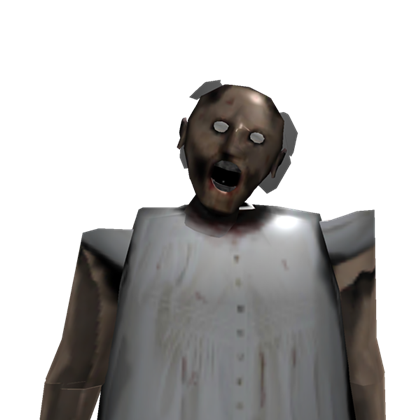






























































































































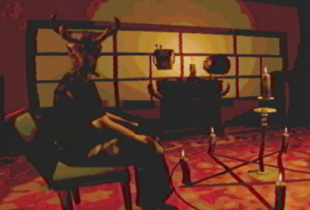
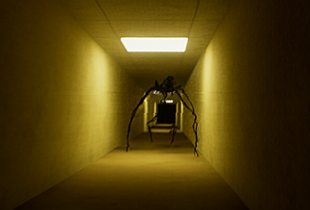

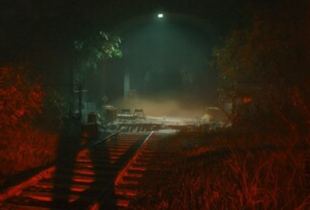
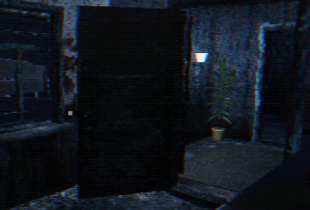
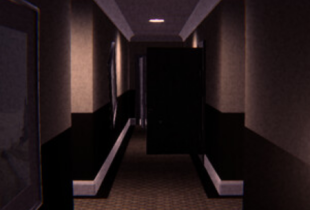
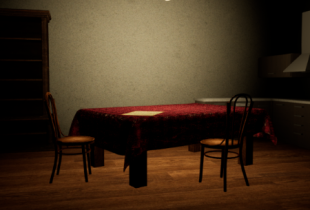
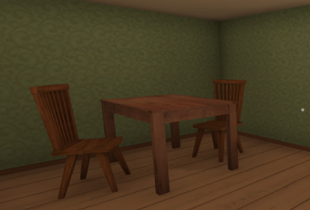
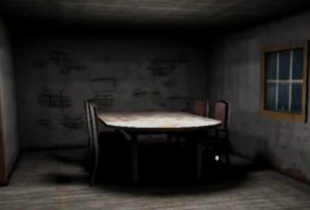
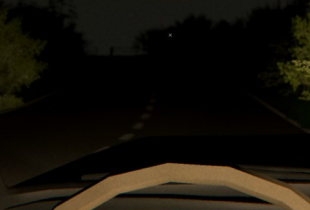
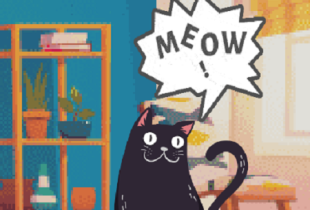
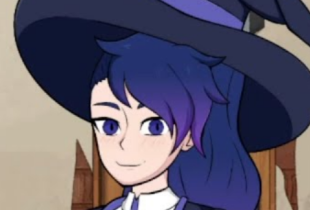
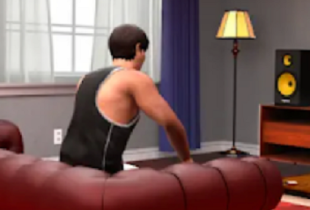
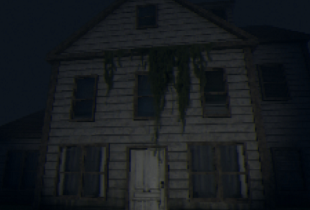

Comments